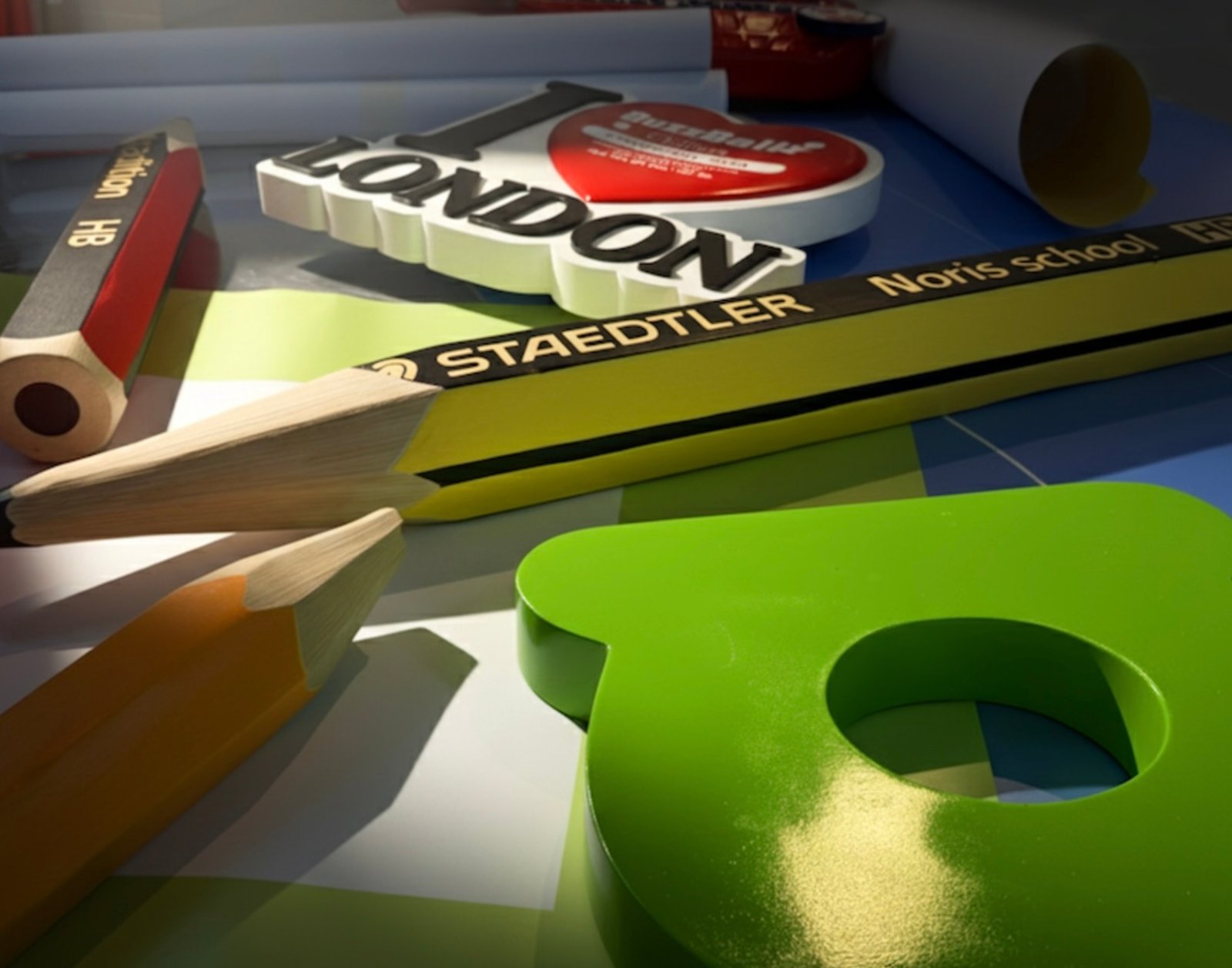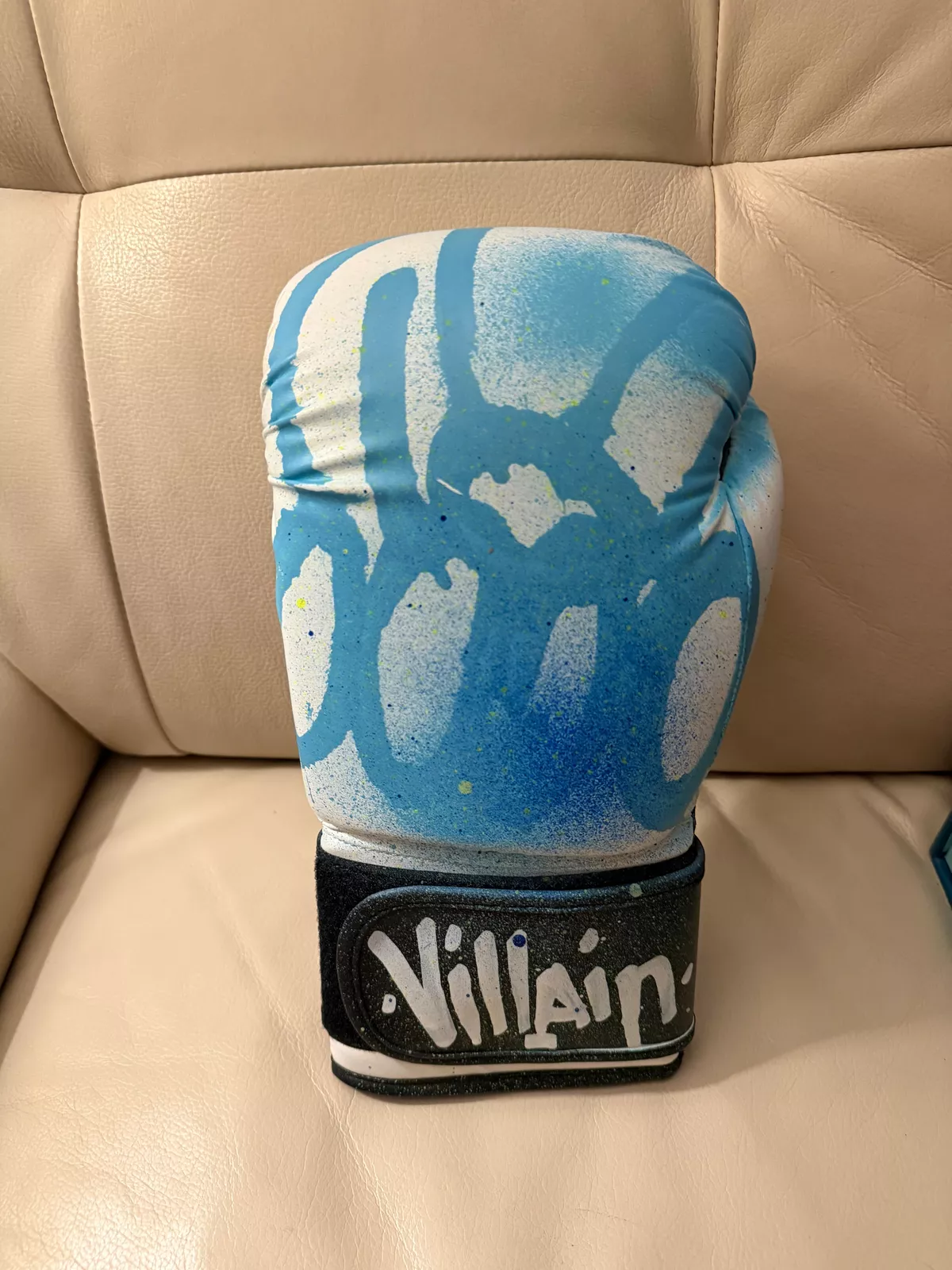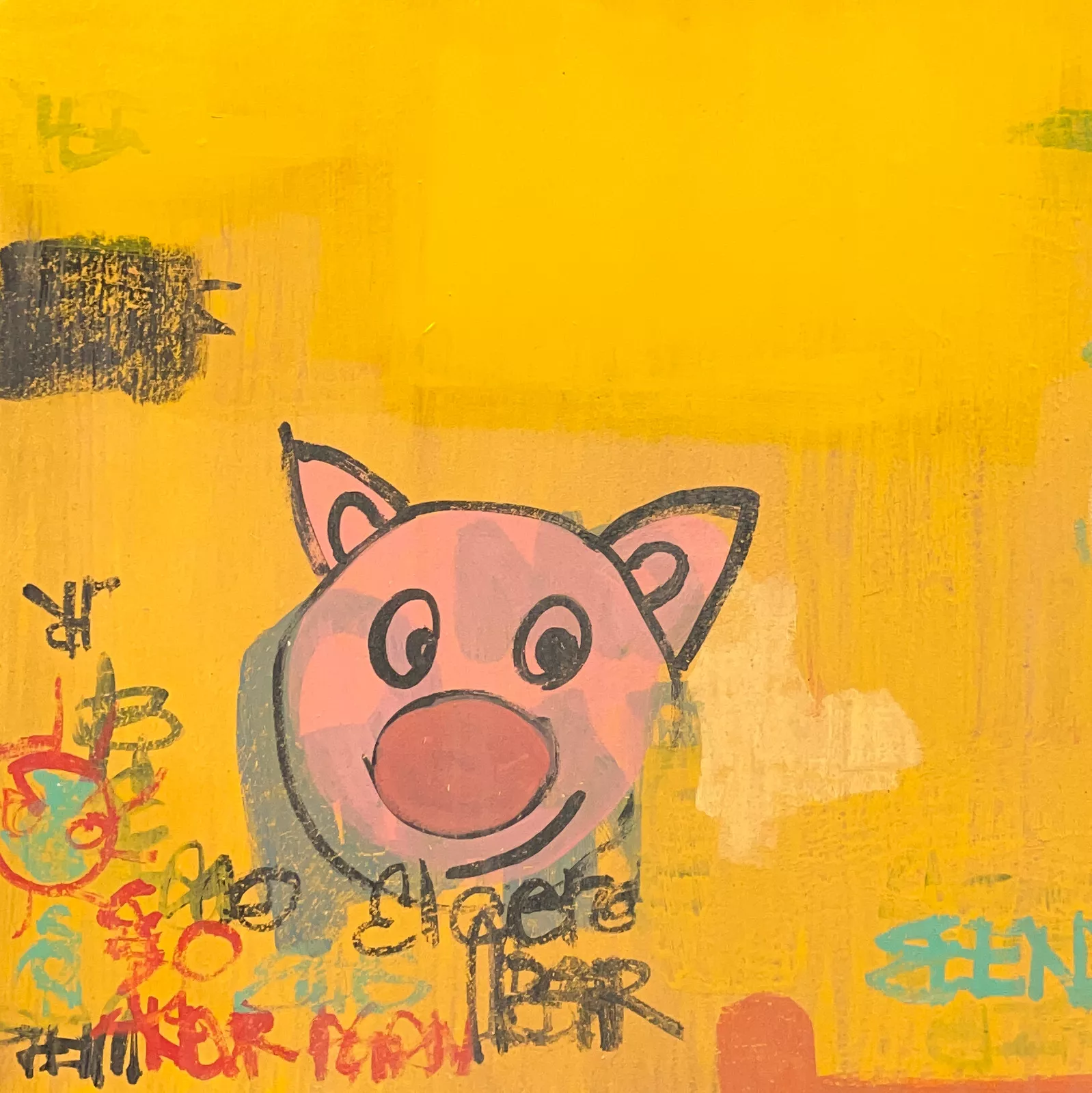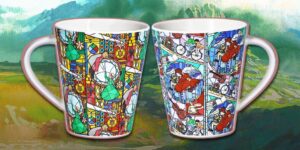In the whirlwind of 20th-century art history, few moments have so vividly captured the spirit of creative abandon as the connection between Salvador Dalí and photographer Philippe Halsman. Their joint efforts redefined the possibilities of portraiture, merging surrealism’s philosophical flights with a rigorously physical approach to image-making. Nowhere is this more poignantly captured than in the contact sheet depicting multiple failed attempts to create what would become their most famous image — a composition featuring Dalí in midair, three flying cats, a torrent of water, and a suspended chair.
When Dalí met Halsman in 1941, it was not simply a meeting of artist and documentarian. Rather, it was a collision of two minds dedicated to pushing beyond the edges of traditional media. Dalí, already established as the enfant terrible of surrealism, saw photography as yet another canvas to explore the subconscious and the absurd. Halsman, an innovator in the realm of photographic portraiture, believed in revealing his subjects through spontaneity and unexpected setups — a philosophy that culminated in his famous instruction: “Jump!”
The image in question, eventually titled Dalí Atomicus (1948), took no fewer than 28 takes to get right — a testament to the commitment and physicality involved. On the contact sheet, which now lives on as a fascinating record of process rather than product, we witness the chaos that preceded the best image. Cats leap awkwardly through space, splashes misfire onto Dalí’s face instead of the backdrop, and assistants intrude into the frame, all annotated with scribbled arrows and resigned notes like “Dali jumps too late” and “Secretary gets into picture.”
This iterative failure is itself a kind of dance, an orchestration of chance and precision. Each frame captures a distinct micro-moment of improvisation, echoing the jazz-like spirit of experimentation that underpins much of modern art. In these images, the gravity-defying surrealism of Dalí isn’t merely painted on a canvas; it is enacted in real space and time, an ephemeral performance immortalized by Halsman’s lens.
Culinary Levitation: Dominique Crenn’s Return to France
This spirit of constant experimentation and fearless risk-taking reverberates far beyond the world of visual art. It finds a culinary echo in the work of chef Dominique Crenn, whose approach to gastronomy resembles a painter’s approach to a blank canvas. Known as the first female chef in the U.S. to earn three Michelin stars for her restaurant Atelier Crenn in San Francisco, Crenn treats each dish as a form of poetic expression — an edible narrative that engages all the senses.
Crenn’s journey back to her native France this summer represents a homecoming that is both literal and metaphorical. Partnering with Les Bateaux Belmond, she has designed seasonal menus for river voyages through Bordeaux and Burgundy — regions synonymous with rich, historical terroir. Here, she transforms local ingredients into culinary abstractions that honor tradition while simultaneously subverting it. Her menus are less about rigidly defined courses and more about the emotional progression of taste, color, and aroma — akin to how Dalí and Halsman invited viewers to move beyond the representational in favor of visceral experience.
Crenn often describes her culinary philosophy as “poetic culinaria,” emphasizing emotion over technique, memory over mere sustenance. In this sense, she channels a similar ethos to Dalí’s visual surrealism — a willingness to dismantle the expected in favor of a more dreamlike, immersive encounter. Much like Dalí suspended cats and chairs in midair, Crenn suspends culinary convention, reimagining it as a floating world of possibilities.
The move back to France is also a reconnection to her roots: the Atlantic breezes of Brittany, her father’s influence as a painter and politician, and the deep French respect for the art of the table. Yet rather than simply replicate the French culinary canon, she uses it as a springboard for further flights of imagination, much as Halsman used the camera to propel Dalí’s surreal visions into new dimensions.
Spiritual Landscapes: Emily Kame Kngwarreye at Tate Modern
As these stories of artistic levitation unfold across continents and mediums, they find a spiritual resonance in the work of Emily Kame Kngwarreye. The Tate Modern’s new exhibition, the first major solo show of Kngwarreye’s work in Europe, invites visitors to enter a cosmology deeply rooted in the land and spiritual traditions of Australia’s Anmatyerre people.
Kngwarreye began painting late in life, yet produced over 3,000 works in just eight years — a staggering outpouring that mirrored the intensity and spontaneity found in Dalí and Halsman’s collaborations. Her paintings are less about figuration and more about feeling, mapping the energies and ancestral stories of her homeland in Utopia, Northern Territory.
The vast dot fields and sweeping color fields of her canvases evoke a sense of both movement and stasis, an oscillation between microcosm and macrocosm. There is an aerial perspective at play, as if one is seeing the earth from above, while simultaneously experiencing the intimacy of soil and plant life. In this way, Kngwarreye’s work embodies a unique form of abstraction — not one born from Western modernism’s intellectual exercises, but from a spiritual continuum that views land, body, and community as indivisible.
Her methods recall the performative risk-taking seen in the Dalí and Halsman photograph sessions. While her approach was rooted in ritual rather than stagecraft, it shares a commitment to process over perfection, gesture over calculation. Every mark she made was both a trace of personal presence and an invocation of collective memory.
The Art of the Unpredictable
What unites Dalí’s levitating cats, Crenn’s ephemeral plates, and Kngwarreye’s cosmic landscapes is a devotion to the unpredictable — the belief that true art resides not in control but in surrendering to chance and intuition. The annotated contact sheet of Dalí’s photo session serves as a kind of manifesto for this philosophy. It is a visual poem of failure and adaptation, revealing the messiness behind a single iconic image.
In today’s cultural climate, where perfection is often polished to an algorithmic shine, these artists remind us of the value of the imperfect and the transient. Each jump that Dalí mistimed, each plate Crenn reimagines mid-service, each dot Kngwarreye placed with an unknowable instinct — these moments defy repetition and resist commodification.
As Halsman’s grandson Oliver Halsman Rosenberg notes in his forthcoming documentary, the images of his grandfather’s sessions with Dalí “aren’t just about surrealism — they’re about the courage to be ridiculous, to fail in public, and to keep trying until something transcendent emerges.” This ethos echoes across Crenn’s voyages through France and Kngwarreye’s luminous canvases, offering a template for creative living in a world increasingly obsessed with flawless surfaces.
The Legacy and Beyond
The final, perfected Dalí Atomicus photograph became an emblem of surrealism and an example of what can be achieved when two visionary spirits collide. Yet, paradoxically, it is the contact sheet — the series of almost-there attempts — that tells the fuller story of artistic bravery. The smudged arrows and wry captions offer a meta-commentary on the creation of legend, revealing that the path to icon status is rarely a straight line.
Dominique Crenn, meanwhile, continues to push the boundaries of what a meal can signify. Her summer collaborations with Les Bateaux Belmond are not merely culinary experiences; they are performances that unfold across the river’s reflective surface, each dish an ephemeral installation that will live on only in memory and story.
Emily Kame Kngwarreye’s paintings, now seen on the grand walls of the Tate Modern, carry forward her deeply spiritual dialogue with the land. Even as her works enter new contexts and audiences, they remain grounded in a worldview that honors fluidity and interconnectedness over rigid definitions.
Impression
Ultimately, what we find in these artists is not a series of tidy narratives, but a call to embrace the jump — to step off the edge of the known and into a realm where water splashes the wrong way, cats land unpredictably, and chairs block the perfect shot. Where meals do not simply feed but evoke entire inner landscapes. Where paint becomes an invocation of spirit rather than mere decoration.
In this collective celebration of process and play, we are invited to recognize the artful moments in our own lives — the spilled drinks, the missteps, the spontaneous laughs — as integral strokes on our own canvas. After all, it is in these moments, when control slips away and intuition takes over, that life reveals its most surreal and luminous colors.
No comments yet.








